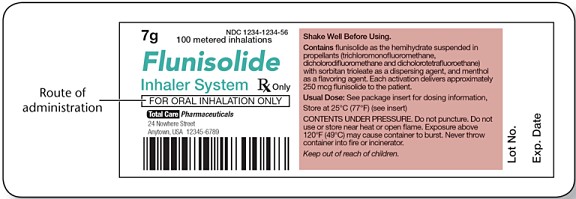A female patient diagnosed with a chlamydial infection denies any symptoms of the disease and asks when she contracted the disease. What information should the nurse provide to the patient?
1. The patient has most likely had the infection for about 1–3 weeks.
2. The infection has been in her body for less than one month, since no symptoms are present.
3. The infection might have been in her body for an indefinite period of time.
4. Symptoms typically begin a few months after the infection enters the body.
Correct Answer: 3
The infection can be asymptomatic in the woman's body for months or years before symptoms are produced. The incubation period for the disease is 1–3 weeks. Symptoms may not appear for years after infection.
You might also like to view...
The nurse is delegating a.m. care to unlicensed personnel. Appropriate instructions regarding skin care include: Standard Text: Select all that apply
1. Dry each foot carefully. 2. Wash under the breasts and allow them to air-dry. 3. Retract the prepuce to expose the glans penis for cleaning. 4. Wipe the perinea of males and females from front to back. 5. Trim toenails.
What are two national nursing organizations that provide small grants not linked to a nursing specialty area? (Select the two that apply.)
a. The Society for Pediatric Nurses b. American Nurses' Foundation c. The Board of Registered Nursing d. The American Cancer Society e. Sigma Theta Tau, International f. The National Association of Hospitals and Clinics
A client with hyperpituitarism tells the nurse that he thinks he looks different now than he did 5 years ago. The nurse's most appropriate response to this remark considers that the client is
a. experiencing a sensory disturbance and needs reorientation. b. having visual disturbances and may need a ophthalmologist consult. c. making bizarre comments because of increased intracranial pressure and needs a neurosurgical consult. d. referring to physical changes from acromegaly and needs emotional support.
What warning is on the flunisolide label? 
A. Do not shake. B. Do not refrigerate. C. Keep in lighted area. D. Do not puncture.